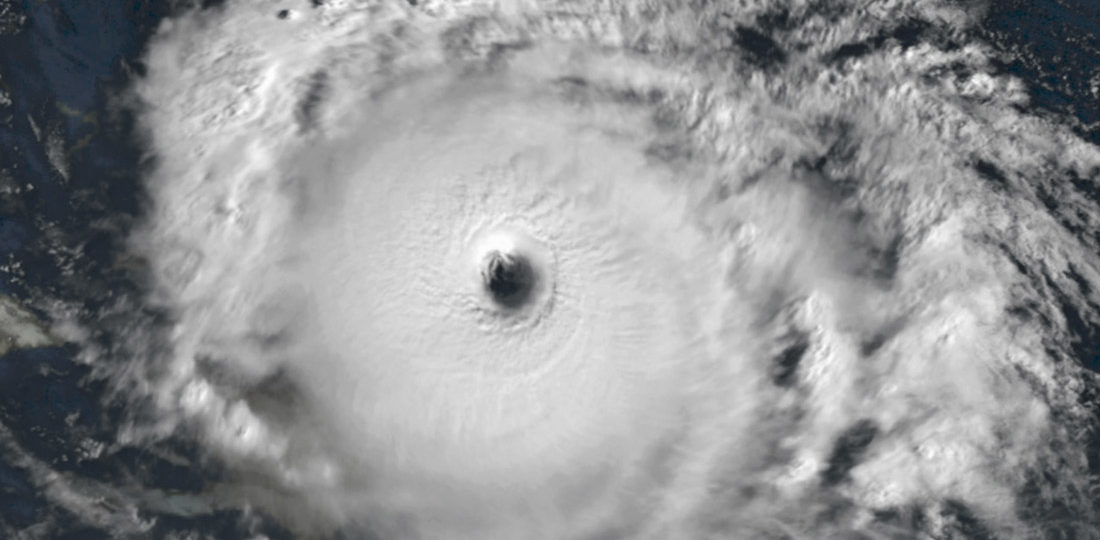- Greensleeves Technologies Corp.
- 1354 E Broadway St, Toledo, Ohio 43605
- +1-419-420-1515
- ENtellect Account
- Log in to your account here
Resiliency based on Catastrophic Events.
- Home
- Latest News
- Resiliency based on Catastrophic Events.

- June 13, 2019
- Latest News, News List View
- 0 Comments
On August 29, 2005, Hurricane Katrina struck the Gulf Coast of the United States. Experts estimate that Katrina caused more than $128 billion in damage. On October 24, 2012, Hurricane Sandy struck Kingston, Jamaica – then headed North making landfall in Atlantic City, New Jersey on October 29th. In New York and New Jersey, storm surges were 14 feet above the average low tide. It is estimated that Hurricane Sandy caused $70 billion in damage in the United States.
Both of these catastrophic events devastated the area’s population and the energy infrastructure. Some of this was due to the fact that the sources of energy used have parts that can be severely affected by weather. HVAC equipment, solar panels and wind turbines can get blown or swept away. Geothermal heating and cooling infrastructure can help return simple comforts after such devastating events. The source system is contained in the ground and is rarely affected by weather; making it immediately available – now and into the future. This can be life-changing when a hurricane rolls through.
It’s an unfortunate fact that natural disasters cannot be prevented. Geothermal systems, however, can help make our world a little more resilient when disaster strikes.
